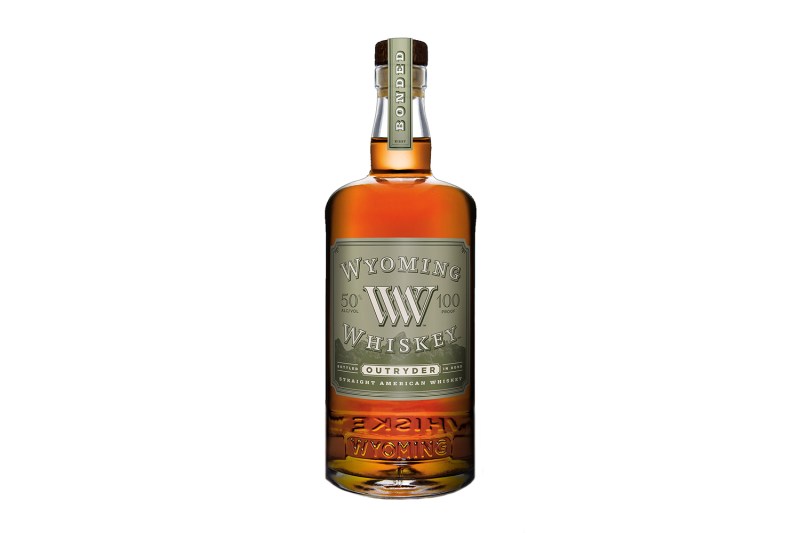Fall means a lot of things, from significant changes in fashion to heftier fare on our plate. In the glass, it often means transitioning from summery spirits like rum and bright wines like Pinot Grigio to deeper, darker options. The cooler days are prime time for whiskey, especially now that we have a new single malt category to celebrate.
- St. George Spirits Single Malt – $100
- WhistlePig 18 Double Malt Rye – $400
- Parker’s Heritage Collection Heavy Char Barrels Rye Whiskey – $120
- Johnnie Walker Blue Label Ghost & Rare Glenury Royal – $350
- Laphroaig Cairdeas Triple Wood Cask Strength – $80
- 1792 Aged Twelve Years – $50
- Wyoming Whiskey Outryder – $75
As whiskey fans through and through, there’s really no bad time for the stuff. However, fall’s shift to brisker conditions really welcome the warmth and lasting flavors of whiskey. Here are seven options to hand your whiskey-loving hat on.
St. George Spirits Single Malt – $100
California’s foremost distillery has actually been making a mean single malt since 2000. This release, named Lot 22, drops at the end of October and is one of the most sought-after releases St. Georges puts out. It’s incredible, with balance and finesse for ages. If you can’t get your hands on the stuff, look out for a close second in the brand’s Baller Single Malt release.
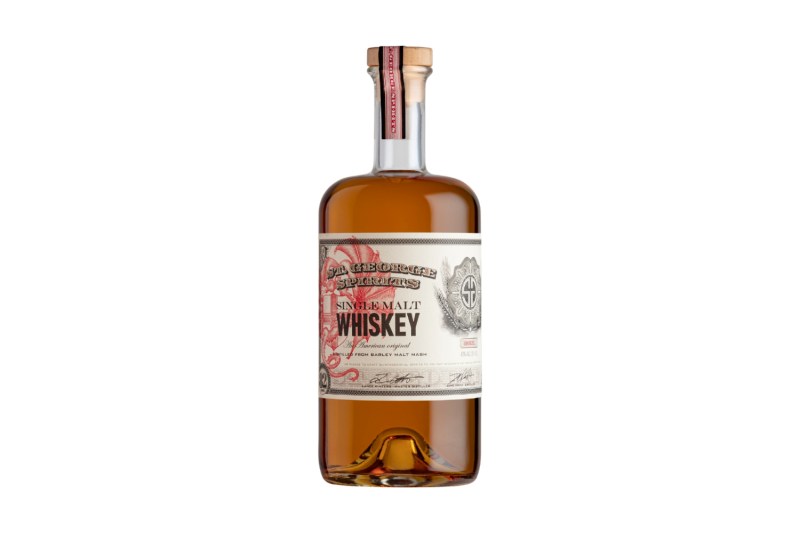
WhistlePig 18 Double Malt Rye – $400
This new whiskey from WhistlePig is the oldest yet from the distillery, and it doesn’t come cheap (although it’s not as expensive as Boss Hog). It’s a very tasty rye, and at 18 years old has surprisingly subtle tannin notes on the palate. Perhaps this is due to the “double malt” aspect of the mash bill—79% rye, 15% malted rye, and 6% malted barley—which seems to have given the whiskey a lovely caramel and tobacco nose, and a softer, less spicy finish. The whiskey comes from Hiram Walker instead of Alberta Distillers, from which most of WhistlePig’s Canadian rye is sourced. Master blender Pete Lynch says the distillery acquired the whiskey back in 2013 but sat on it for a few years to find the right age to release it. Double Malt Rye is bottled in a fetching decanter with a glass stopper made by Burlington’s AO Glass.
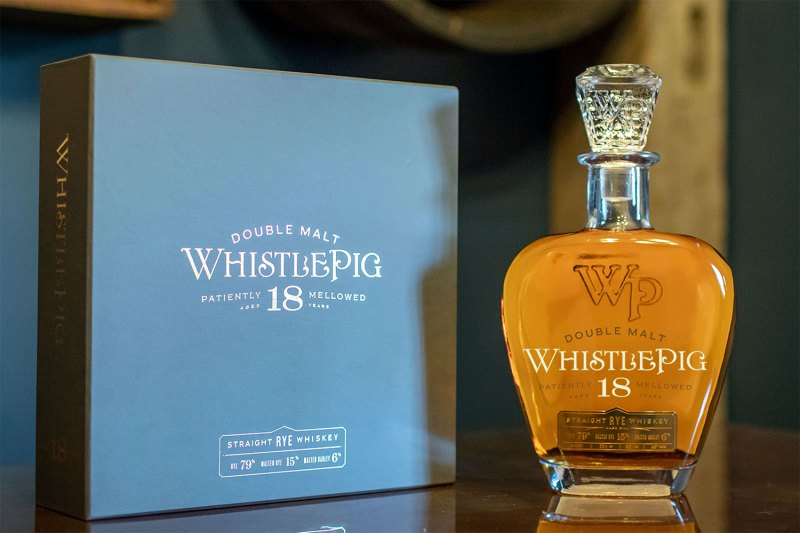
Parker’s Heritage Collection Heavy Char Barrels Rye Whiskey – $120
This year marks the 14th edition of Parker’s Heritage Collection from Heaven Hill. The whiskey is made from the same mash bill as Pikesville and Rittenhouse Rye – 51% rye, 35% corn, 14% malted barley. But this new whiskey is different in that it was aged in level 5 char barrels for nearly nine years, getting into the deeper, smokier end of the barrel char scale. The whiskey, which is non-chill filtered and bottled at 105 proof, has a bit of smoke on the nose and rich oak, cinnamon, and just a hint of spice on the palate. Try it side by side with any other Heaven Hill rye and you will see what the effect of the heavier char is. The difference is subtle, but it makes a statement.
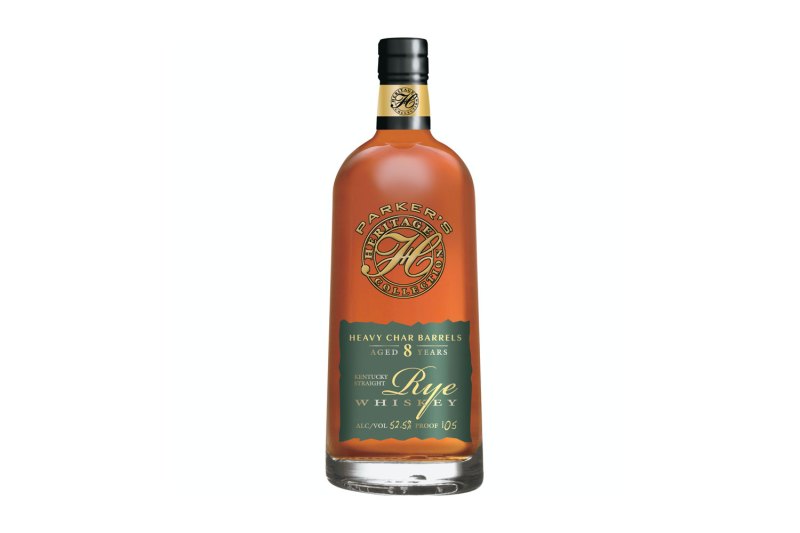
Johnnie Walker Blue Label Ghost & Rare Glenury Royal – $350
The newest release in the Johnnie Walker Ghost and Rare series, Glenury Royal, is full of character. Ghost & Rare focuses on whisky in the Diageo portfolio from long-defunct distilleries (some of which, like Port Ellen, are now being resurrected), as well as rare whiskies from the Diageo reserves. Glenury Royal, the third in the series, is a blend of eight whiskies: three from the closed distilleries (Glenury Royal, Pittyvaich, Cambus), and five from ones that are still in operation (Glen Elgin, Glenlossie, Inchgower, Glenkinchie, and a grain whisky from Cameronbridge). The whisky has a delicate palate with just a wisp of smoke curling around soft and sweet notes of cherry, nuts, and vanilla that steer it towards the dessert dram category.
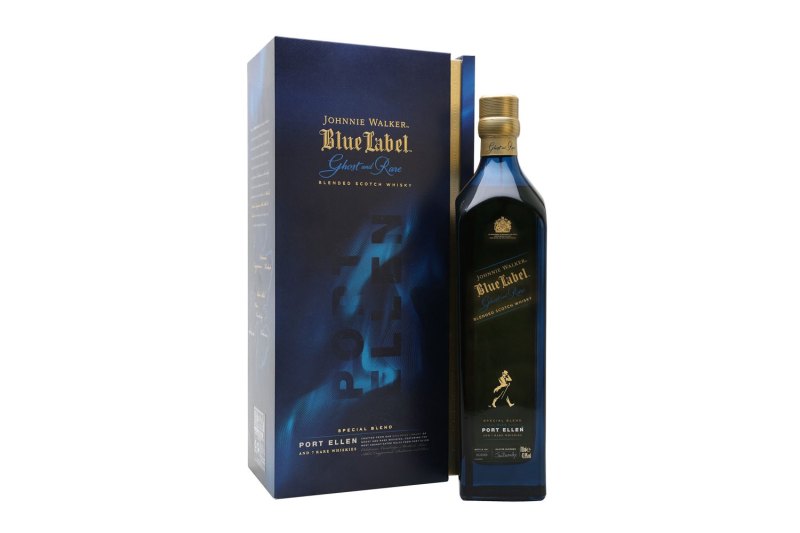
Laphroaig Cairdeas Triple Wood Cask Strength – $80
Laphroaig’s annual Cairdeas release is the creation of distillery manager John Campbell, who puts together an annual blend of casks to celebrate friendship (“cairdeas” in Gaelic). This year’s bottle is the result of triple maturation process—the whisky is first aged in ex-bourbon barrels, then goes into quarter casks to intensify the flavor, and finally, it’s finished in Oloroso sherry butts to infuse it with sweet and spicy notes. The resulting whisky is intensely smoky (it’s Laphroaig, after all), but the various barrel types bring different flavors to the mix, with strong notes of candied cherry and tropical fruit floating just below the iodine and peat-soaked palate. Triple Wood is bottled at cask strength of 119 proof, which means that this hefty sipper really opens up with the addition of a little water.
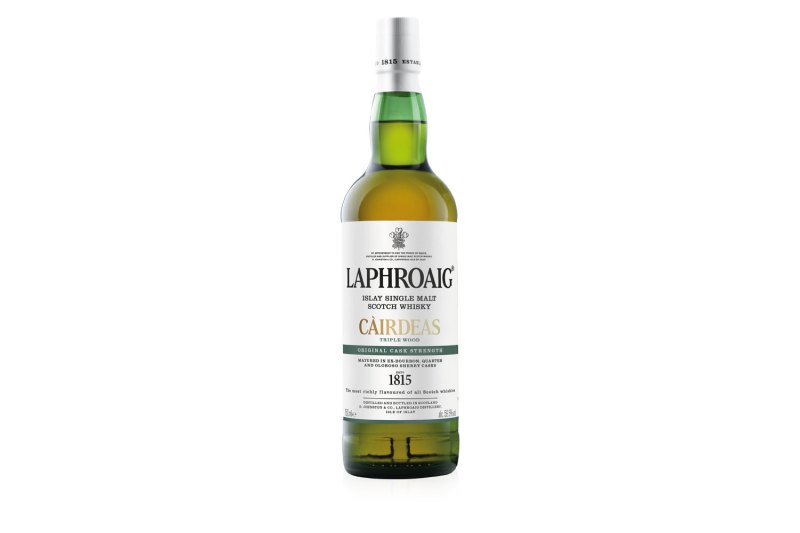
1792 Aged Twelve Years – $50
1792 is a brand of whiskey from Barton 1792 Distillery that is sometimes overlooked by bourbon drinkers, perhaps due to the fact that it’s overshadowed by parent company Sazerac’s more popular sister whiskey, Buffalo Trace. This high rye, 12-year-old bourbon is bottled at 96.6 proof, and combines a healthy dose of char and oak with strong fruit, spice, and butterscotch flavors on the palate. This limited-edition whiskey joins the ranks of Port Finish and Bottled in Bond in the 1792 special release lineup.
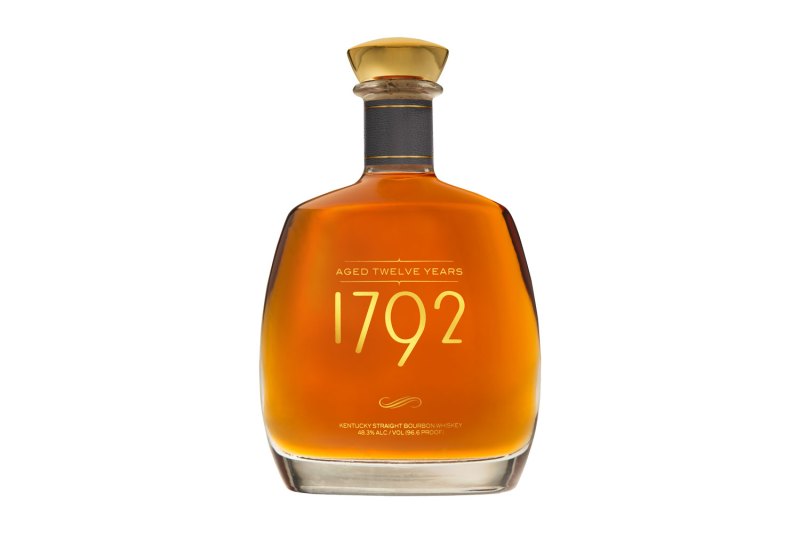
Wyoming Whiskey Outryder – $75
Wyoming Whiskey first released its Outryder expression back in 2016. The new, older version is a bottled-in-bond whiskey (100 proof, at least four years old) that is a blend of two whiskeys with different mash bills. The first falls just short of being categorized as rye whiskey (48 percent winter rye, 40 percent corn, 12 percent barley), while the second is a bourbon just barely nudging into “high rye” territory (68 percent corn, 20 percent rye, 12 percent barley). The ratio of the blend is two barrels of bourbon to one barrel of the “almost rye.” With all that rye, expect something on the spicier side, but still rounded out by a hefty dose of brown sugar sweetness. If last year’s was any indicator, the forthcoming 2022 release (to drop very soon) ought to be very majestic.
